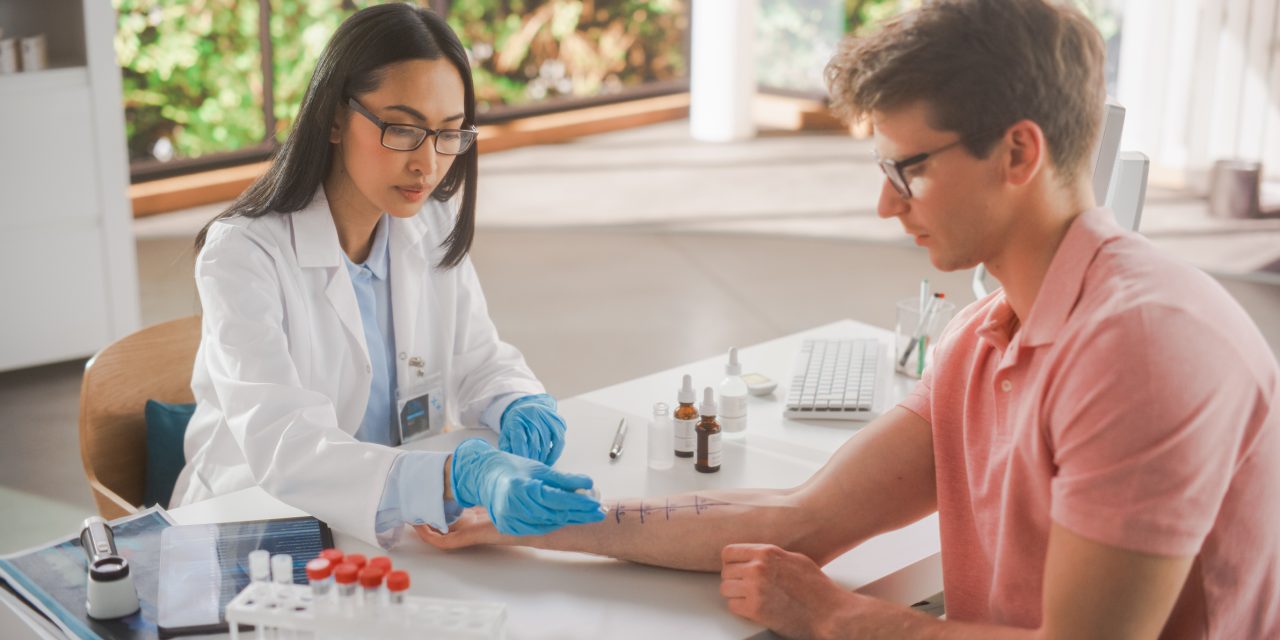Smell and taste loss are characteristic symptoms of SARS-CoV-2 infection. The aim of this study is to investigate the prevalence and risk factors associated with olfactory and gustatory dysfunctions in coronavirus disease (COVID-19) patients.
We conducted an observational, retrospective study on 376 patients with documented SARS-CoV-2 infection admitted to the San Gerardo Hospital in Monza, Italy, from March to July 2020. All patients answered a phone questionnaire providing information on age, sex, smoking status, and clinical characteristics. Adjusted odds ratios (ORs) and corresponding 95% confidence intervals (CIs) were estimated through logistic regression models including relevant covariates.
The prevalence of olfactory and gustatory dysfunctions in COVID-19 patients was 33.5 and 35.6%, respectively. Olfactory dysfunctions were significantly directly associated with current smoking and history of allergy, the multivariable ORs being 6.53 (95% CI 1.16-36.86) for current smokers versus never smokers, and 1.89 (95% CI 1.05-3.39) for those with an allergy compared to those without any allergy. Respiratory allergy in particular was significantly associated with olfactory dysfunctions (multivariable OR 2.30, 95% CI 1.02-5.17). Significant inverse associations were observed for patients aged 60 years or more (multivariable OR 0.33, 95% CI 0.19-0.57) and hospitalization (multivariable OR 0.22, 95% CI 0.06-0.89). Considering gustatory dysfunctions, after allowance of other variables a significant direct association was found for respiratory allergies (OR 2.24, 95% CI 1.03-4.86), and an inverse association was found only for hospitalization (OR 0.21, 95% CI 0.06-0.76).
Our study indicates that current smoking and history of allergy (particularly respiratory) significantly increase the risk for smell loss in COVID-19 patients; the latter is also significantly associated to taste loss. Hospitalization has an inverse association with the risk of olfactory and gustatory dysfunctions, suggesting that these may be symptoms characteristics of less severe SARS-CoV-2 infection.
© 2021 S. Karger AG, Basel.
Risk Factors for Olfactory and Gustatory Dysfunctions in Patients with SARS-CoV-2 Infection.


